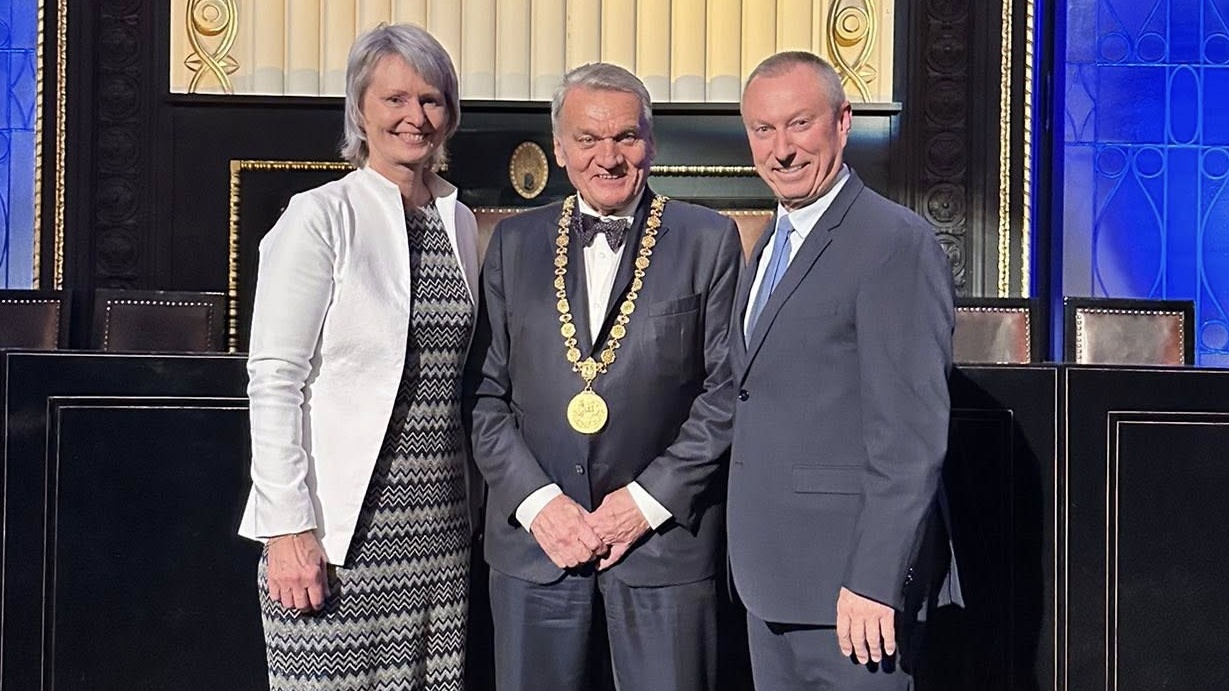Helena Suková’s glittering career was recognized by her hometown of Prague on Nov. 13, when she was made an honorary citizen of the Czech capital in a ceremony at the city’s historic Old Town Hall.
With Prague mayor…

Helena Suková’s glittering career was recognized by her hometown of Prague on Nov. 13, when she was made an honorary citizen of the Czech capital in a ceremony at the city’s historic Old Town Hall.
With Prague mayor…